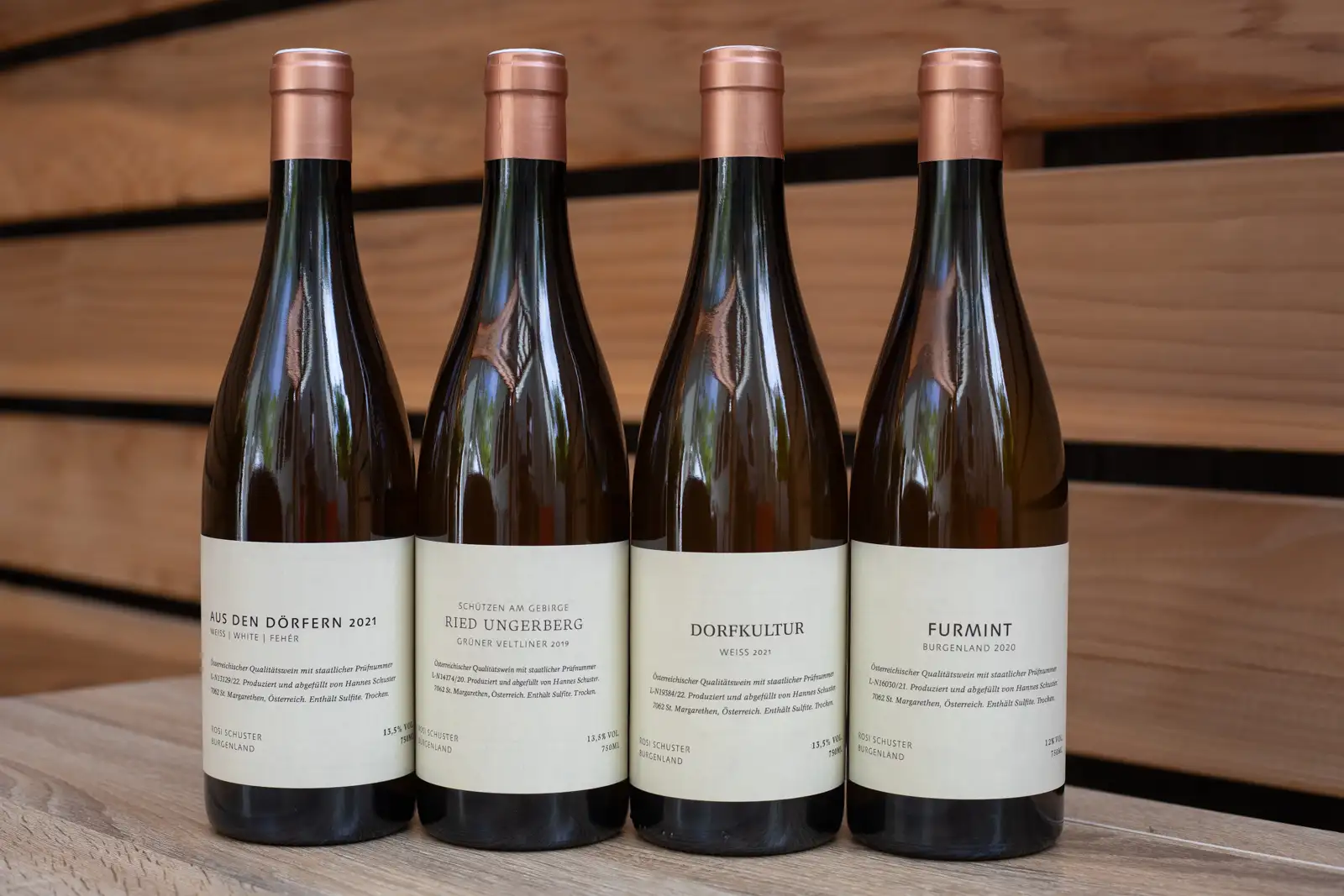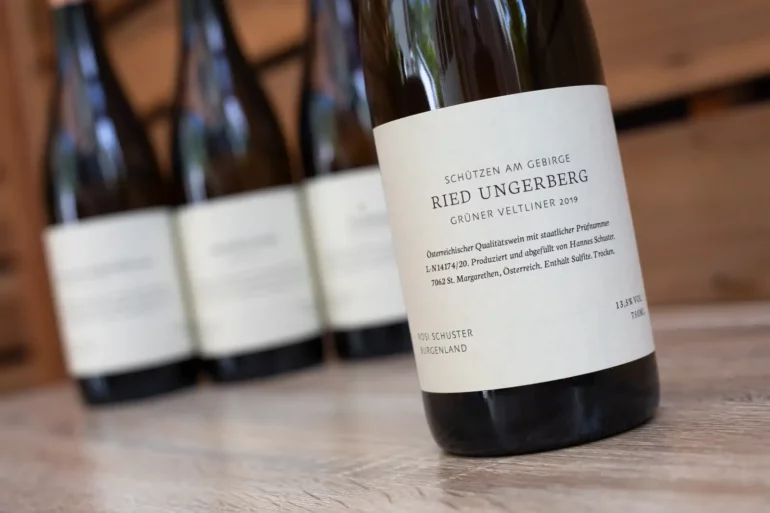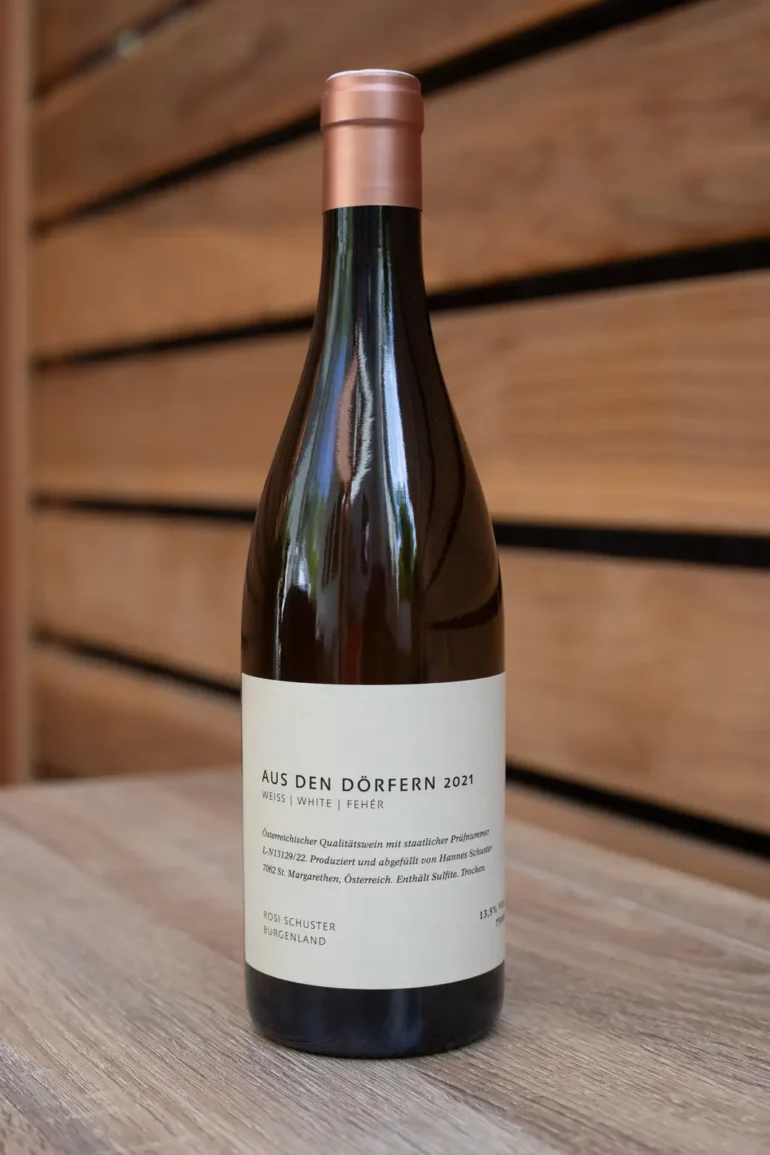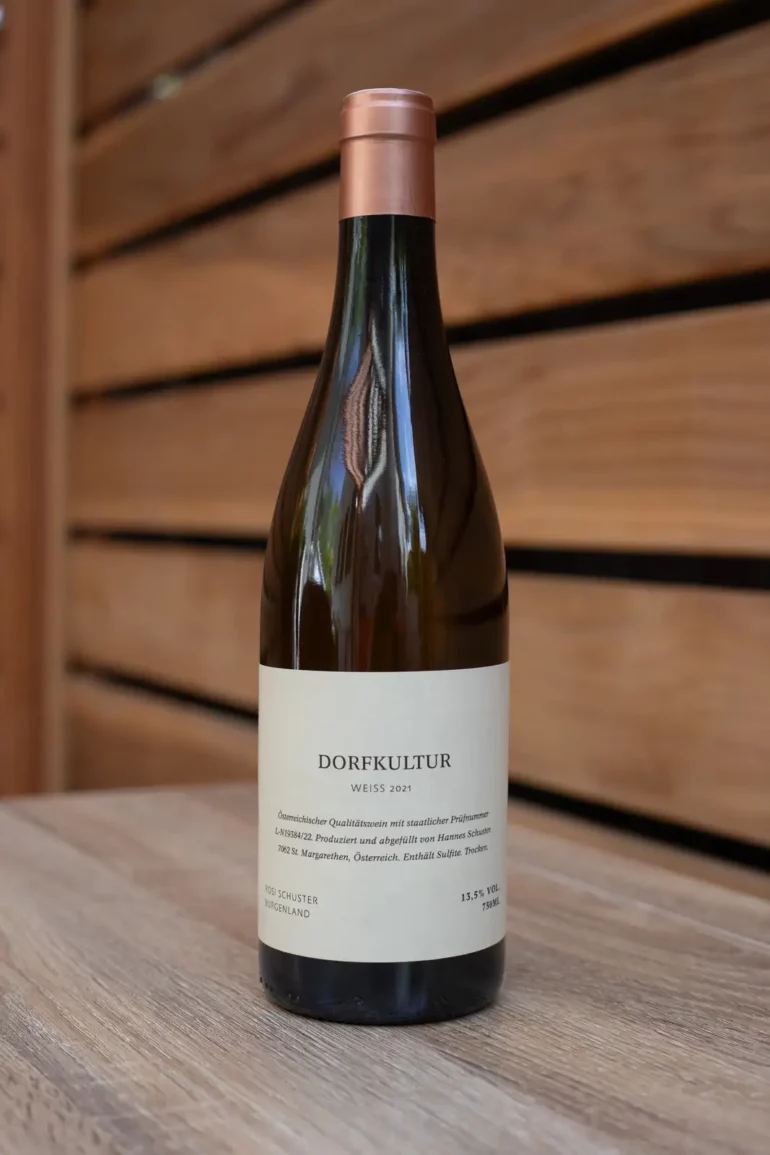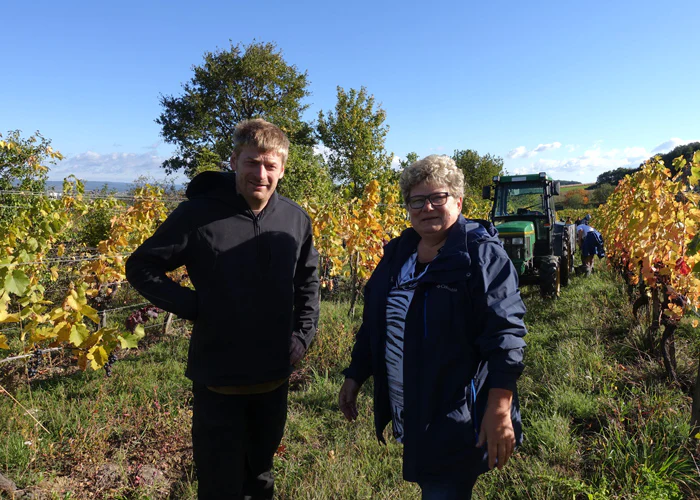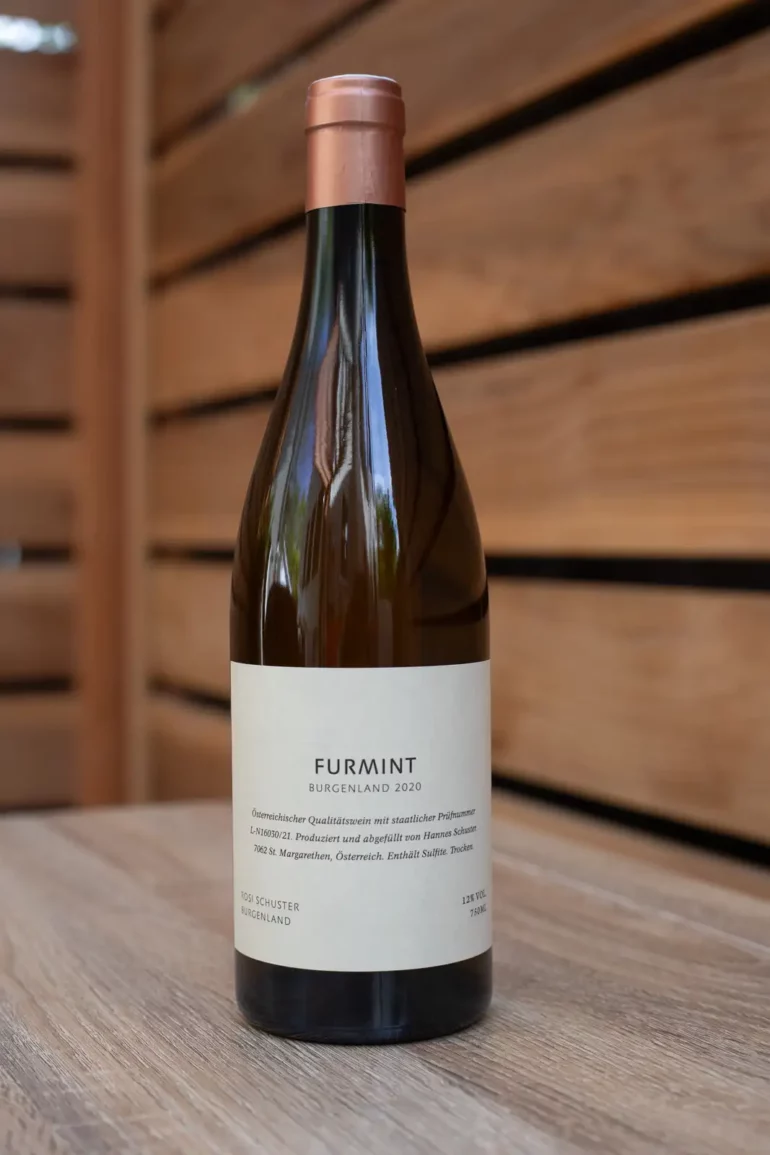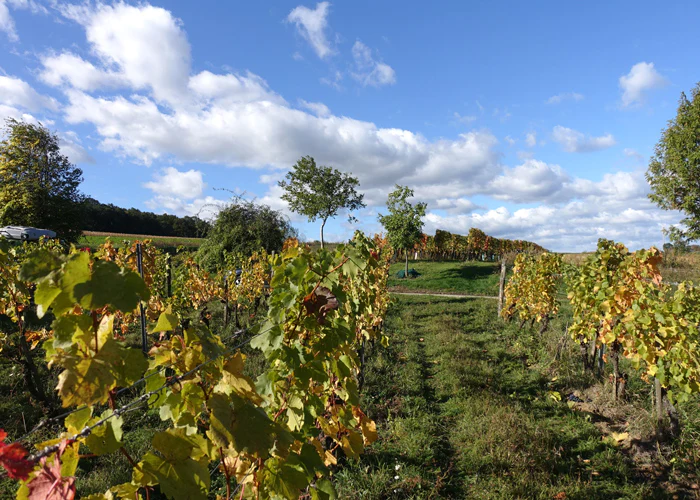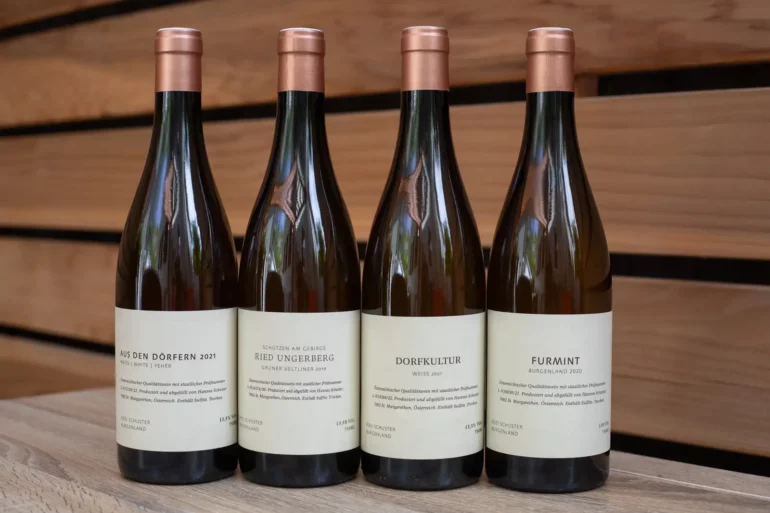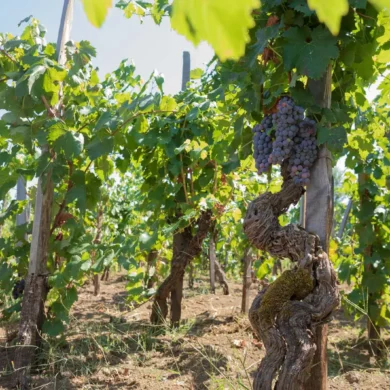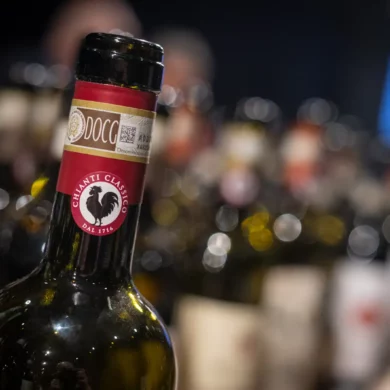Subscribers to Opening a Bottle may have noticed an uptick of Wines to Admire reviews from Austria recently. There is a simple reason for that: I am in love. While Italian wines remain my core passion — with French wines appealing to my intellectual curiosity like nothing else — Austrian wines satisfy with unbelievable consistency.
For me, the most dreaded word to write in my tasting notes is “anonymous,” as in this wine could be anything from anywhere and I will forget what it tasted like in the next five minutes.
That word never appears with Austrian wines.
And so, I am going to be expanding my editorial focus to loop in Austria as a third wine nation that earns regular coverage here on Opening a Bottle. There will be First-Taste Guides to Wachau Riesling and Grüner Veltliner in the coming months, more Wines to Admire as I encounter them, and eventually, a curated list of the best producers similar to our Essential Winemakers of Italy and France. And of course, Austria is in my tentative travel plans for 2024, so naturally there will be wine classes, too.
On one level, there is very little logic to this editorial decision. Austrian wines are not a big keyword opportunity. Their availability in many parts of the United States is still moderately scant. And yes, there is occasionally an umlaut, which seems to intimidate certain sectors of the American drinking public. I get it … well, sort of.
So if I am going to be shifting gears into a third language, why not cover Germany and Switzerland as well? Maybe it is because Austria has shed its Grüner Veltliner jacket and revealed a whole new line of clothes that is diverse and thrilling. Maybe its because of the country’s high level of organic and biodynamic producers. Maybe its because they are so rigid with rules and yet so many are having a fun time breaking them. I don’t have investors or advertisers to answer to, I write what I want and with passion, and I am telling you: there is a lot to be passionate about with Austria. As far as Teutonic wines are concerned, we have got to start somewhere, and this is the place.
So let’s ramp this up with a Tasting Report on four wines from a producer that I think embodies the thrill of Austrian wines very well: Rosi Schuster. In celebration of this launch on Austrian wine coverage, I am making this tasting report free for everyone to read. Consider a paid subscription to unlock all Wines to Admire articles, the Essential Winemakers, and to gain access to all of our live and recorded wine classes.
About Rosi Schuster
If you have heard the name Rosi Schuster, it is almost certainly because of the estate’s red wines from the trendy Blaufränkisch grape, which right now is on the vanguard of Austrian wine. Blaufränkisch tastes like a Pinot Noir in a wool sweater: it has elegance, it has soft and intriguing tertiary notes, and it has tannin. Lots and lots of tannin. Rosi Schuster has developed an avid following among sommeliers for their interpretation of this grape from the Burgenland, a broad region hugging Austria’s eastern border with Hungary, where the Pannonian Basin and the shallow Neusiedler See (Lake Neusiedl) create a specific terroir for Blaufränkisch.
But we will get to the Blaufränkisch another day. My starting point was Rosi Schuster’s white wines, which were among the most compelling and nuanced I’ve tasted this year.
Burgenland continues to surprise. Like many frontier wine regions (think: Alsace, Friuli, etc.), Burgenland’s identity is in many ways tied to that border, and so you often see a willingness to try new ideas. Right on his home page, winemaker Hannes Schuster states: “I have a big problem with the wine law in Austria. Because you can more or less do anything to the wine — add sugar or acidity; filter and fine, etc. Wines made this way are always allowed to name their origin on the label. Except that these wines, have had the place stripped out of them.”
I read this statement less as a diss on Austrian wine, more as a proclamation of very high standards. While there is some truth to his critique, what I have found is that even the mass-produced Austrian wine (at least that it imported to the United States) is far less criminal than its contemporaries from Northern Italy or elsewhere. But I digress.
Only one quarter of the estate’s volume is in white wine. The winery is certified organic, operates within tiny vineyard parcels (often with older vines) and the commitment is entirely to local varieties. Here are my impressions of four white wines that are definitely worth the search. Their importer also acts as a merchant, so start your hunt there.
2019 Rosi Schuster “Ried Ungerberg” Burgenland Grüner Veltliner
Hailing from 45-year-old vines growing in the Ried Ungerberg vineyard, this wine (★★★★★) lends an interpretation of Grüner Veltliner that I’ve never considered before: ripe, phenolic, textural and even a bit lavish. Aged in large, used wooden barrels for 10 months, the wine still carries plenty of fresh apricot and lime pith notes to remind you of Mr. Grüner, yet it was the nut-and-spice dimension (reminding me at least of roasted walnuts and ginger root) that made the wine’s flavor profile so indelible. At four years of age and with enough structure to endure another three or four, I gave this wine my top marks. It is Grüner Veltliner from another dimension.
100% Grüner Veltliner
2021 Rosi Schuster “Aus Den Dörfern” Burgenland Grüner Veltliner
For me, no wine is more Austrian than a good Gemischter Satz, or field blend. And while only 10% of this wine (★★★★ 3/4) constitutes as such, that percentage can increase in different years with this wine (the 2020 was 40% gemischter satz). However, the backbone is once again Grüner Veltliner. The sum of these parts is a wine of considerable structure and persistence: again, a white wine that could age several years and only reveal more with time. Direct and compact on the nose at this stage, it illicited memories of lime pith, candied pineapple and violets, while juxtaposing minerality and a touch of creaminess on the palate.
A mix of stainless steel tank (65%) and large wooded barrels (35%) are used to age this wine for 9 months. Like the “Dorfkultur” Burgenland Weiss below, the goal is a balanced, crafted wine — not a pure varietal statement of terroir — and Hannes Schuster shows that he clearly has a gift for cellar work given these results.
90% Grüner Veltliner / 10% field blend of Welschriesling, Muskat Ottonel, Weissburgunder, Neuburger and Furmint
2021 Rosi Schuster “Dorfkultur” Burgenland Weiss
For this wine (★★★★ 3/4), Hannes Schuster decided to keep a small parcel of remarkable 60-year-old vines separate from his entry-level wines. Quantities of the Grüner Veltliner, Welschriesling and Furmint were too small to bottle separately, so he blended them in the cellar to compose an exotically flavorful white wine of direct acidity, structure and a faint touch of sweetness — although, this was more an allusion to sweetness, as I didn’t detect any residual sugar. It was interesting to see how the aromas and flavors of all four white wines were so divergently different. This one suggested both pears and peaches, but was also resolutely floral with a bit of Grüner’s signature pepper spice shining through.
60% Grüner Veltliner, 35% Welschriesling and 5% Furmint
2020 Rosi Schuster Burgenland Furmint
The iconic white grape of the Burgenland region is not Grüner Veltliner, but rather Furmint, the same grape that — over the border in Hungary — gives us the epic wines of Tokaj.
I found Schuster’s interpretation (★★★★ 3/4) to be his most challenging wine, at least when it came to translating into words. The aromas are once again bright and compact, the latter being an adjective I’d use to describe the structure as well, suggesting the 2020 still needs a little time to age. It is a wine with hunched shoulders at this stage.
But as it opened up with air, it blossomed into an unusual yet very appealing form. The fruit tones suggested cherries, but also a sour-lime like acidity, and there was even a bass note similar to the “petrol” note we often associate with certain Riesling. I didn’t know what to make of this wine for some time, but ultimately came to appreciate its pitch-perfect structure, persistence on this finish, and its chameleon-like qualities with food pairings. Despite its unique personality, it seemed highly versatile with salty, savory, sweet and even spicy flavors.
100% Furmint
Captions: (Top) Winemaker Hannes Schuster with his mother, Rosi Schuster, in Burgenland, Austria ©Winemonger; bottle photos ©Kevin Day/Opening a Bottle; Rosi Schuster vineyards in Burgenland. ©Winemonger.
Note: These wines were provided as samples by Rosi Schuster’s importer. Learn more about our editorial policies.
